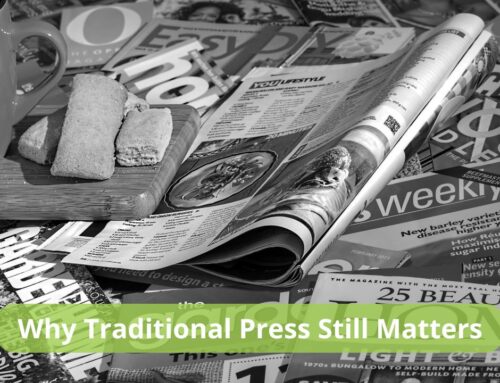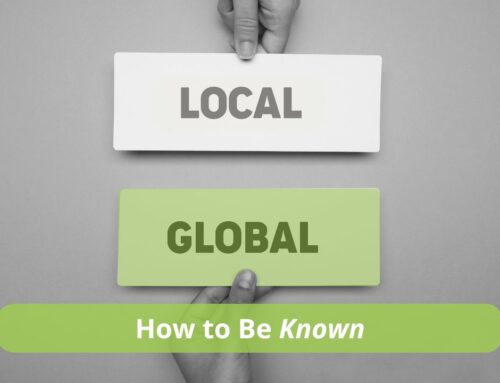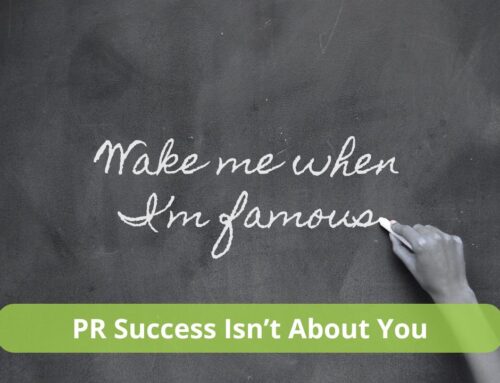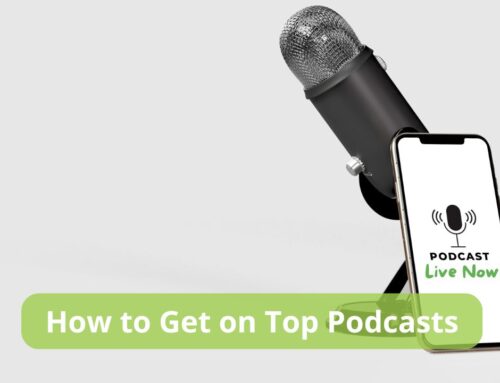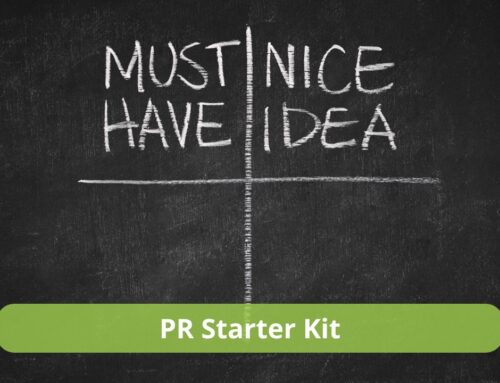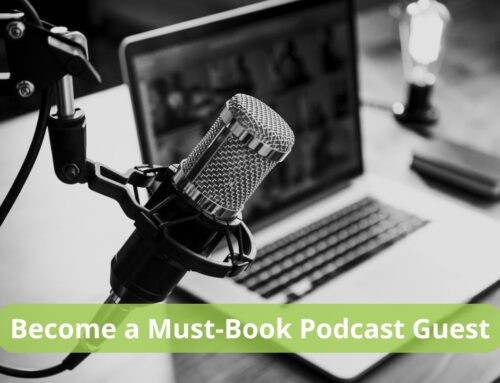My business partner Michelle is one who bravely goes where no man has gone before. I’m not a Trekkie, but I admit I’ve been watching Star Trek on Netflix recently. As our Chief Creative Officer, Michelle is in the trenches with the media day in and day out; the one that leads our team at Wasabi Publicity to produce amazing results for our clients. She knows what works, which is why I’m sharing this article she wrote with you. If you’re doing or considering doing your own PR, this article will support your success.
Enjoy, and please share your Ahas!
The pitch is your gateway to PR success. A valuable tool in building quality relationships with the media, your pitch should always be simple, clear and concise. Anyone doing his or her own PR has the ability to create the perfect pitch and score media coverage. Many times something — usually minor — is holding the pitch back.
A common misstep some DIYers make when crafting their pitch is not tying it to breaking news with headlines and hooks. Just as the media uses news hooks to grab our attention, you have to use these hooks to catch the media’s eye.
What’s a news hook? A news hook in the media is an angle or approach to telling a news story. But for a PR DIYer, a news hook is an angle that ties you and your expertise into news or conversations of the day. This is how you tell the media how your content and expertise relate to the story they are covering and why they, and their audience, should care.
Here are a few things to do to grab the media’s — and their audiences’ — attention:
Learn from headlines— Read some headlines in major newspapers such as the New York Times, Wall Street Journal or USA Today. What are they about? You’ll find many headlines related to the universally appealing topics of health, money and relationships. Look how reporters and editors use keywords in headlines to grab your interest and attention. You have to do the same thing.
Recycle— Not only your plastics, but also your news content. The media does and you should too. Check it out. If you go to a used bookstore and see old magazines, you’ll see they recycle stories around seasonal news. Holidays and seasons set the stage for news. For example, Valentine’s Day is every February. Media will naturally seek Valentine’s Day stories every year. Magazines will seek stories three to six months before February. Daily papers need the ideas two to three weeks in advance. TV and radio appreciate at least two weeks and if there is breaking news, too, TV will accept it same day or day before.
Reduce— Make sure your sound bites stick. Reduce the number of words you use to tell your story.
Reuse— The media calls it “re-purposing.” You have content, but you have to dress it up in seasonal clothes. For example, you might have content about health and beauty tips. For summer, give it a sunny slant. In winter, talk about how the cold and snow impact one’s skin.
Be seasonal— Holidays like Valentine’s Day and July 4th aren’t the only seasonal news to pay attention to. There’s weather-related news like winterizing your home or losing a few pounds for summer. All those weather tie-ins matter. The media is looking for content related to seasonal news daily.
Use breaking news to grab the media’s attention— Examples are crimes, celebrity problems and political matters. Get into the habit of watching what’s breaking and be the first to reach out to your media contacts with content to help them cover the story around that breaking news. You might even tell your local media contacts how the national breaking news impacts the community locally. The trick here is to only comment on breaking news that furthers your brand. If you’re a therapist, don’t offer commentary about a recent car manufacturer recall. It’s best to pitch media perfectly suited to your expertise and the breaking news commentary you can create.


